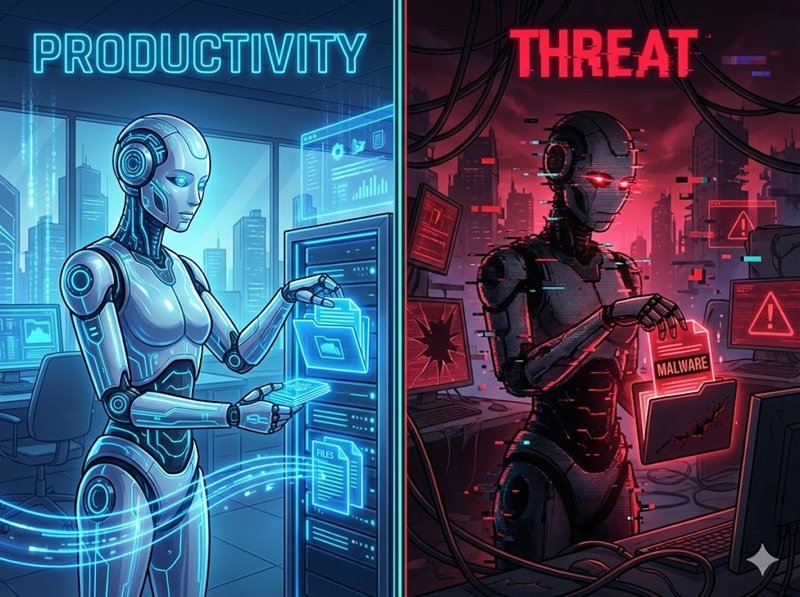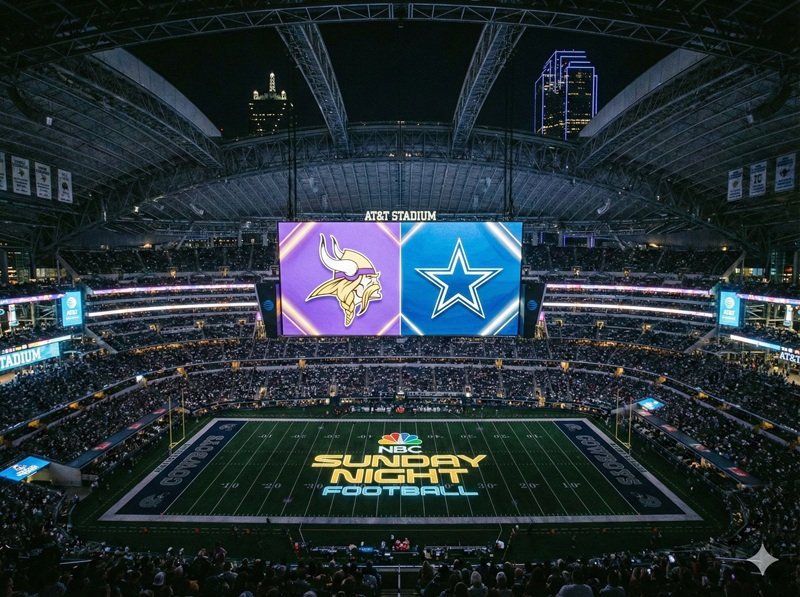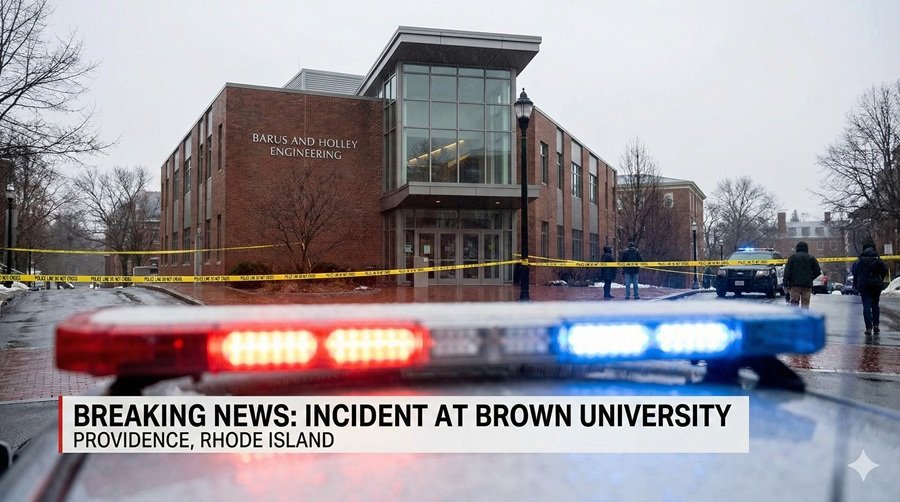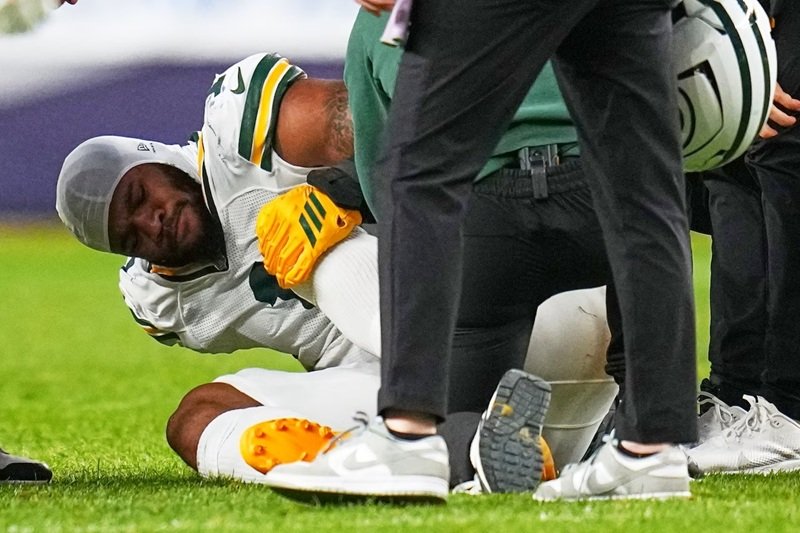Dealing with a malfunctioning furnace can be a frustrating experience, especially if it breaks down when the weather is cold and you need the heat. A properly functioning furnace is essential for keeping your home warm, cozy, and comfortable.
If your furnace has started acting up, it’s essential to identify the underlying issue and take appropriate action as soon as possible. Whether you’re having trouble with switching it on, getting it to the right temperature, or something else, keep reading as we explore some common furnace problems and help you understand what could be behind them. And even if you’re not having furnace issues right now, by familiarizing yourself with these potential issues, you’ll be better equipped to troubleshoot any problems that arise and seek professional help if needed.
Ignition Problems
Ignition problems are some of the most common furnace issues that homeowners experience. When your furnace does not ignite as expected, it can leave you shivering in the cold rather than warm and toasty in your home. There are a few potential causes of ignition problems, including a faulty ignition switch, a clogged burner, or a malfunctioning pilot light. Most of the time, ignition problems can be resolved by simply cleaning or replacing the affected parts. If you think that this might be the issue, it’s best to seek professional help. Beehive Heating and Air provide professional furnace repair you can rely on to get things working again as quickly as possible.
Clogged Air Filters
A clogged air filter can wreak havoc on the efficiency and performance of your furnace. Over time, dust, debris, and other particles can accumulate in the filter, obstructing the airflow and reducing heating effectiveness. As a result, this can lead to various complications, including overheating. It’s essential to regularly clean and replace your furnace’s air filters to ensure optimal performance and prevent potential issues.
Thermostat Issues
Sometimes, the culprit behind a malfunctioning furnace can be as simple as a faulty thermostat. If your furnace is not responding when you adjust the temperature, or you have noticed it switching on and off unexpectedly, the thermostat might be the cause. This might be due to a battery problem if your thermostat requires one, or a calibration issue. If your thermostat has batteries, try replacing them to see if it solves the problem. Checking and recalibrating your thermostat can also often fix this issue.
Blower Motor Malfunctions
The blower motor has an essential role to play in distributing warm air throughout your home. If you have noticed that the airflow is weak, or there is no air coming from your vents, it could be indicative of an issue with the blower motor. A faulty motor can be down to issues like electrical problems, worn-out belts, or a malfunctioning control board. Proper maintenance and timely repairs are crucial to keep your furnace’s blower motor functioning as it should.
Pilot Light Trouble
Older furnaces will typically use a pilot light to ignite the burners. If the pilot light goes out or refuses to stay lit, your furnace will not produce heat. There are various common causes of pilot light issues, including gas supply interruptions, drafts, or thermocouple issues. Carefully relighting the pilot light or adjusting the thermocouple might solve the problem, but it’s best to contact a professional to carry out any pilot light work.
Gas Supply Issues
If you have a gas-powered furnace, problems with the gas supply might lead to disruptions with its operation. Gas supply issues could be a problem with your gas meter, a closed valve, or a faulty gas line to name a few. If you suspect that your furnace issues might be due to a gas supply problem, prioritizing your safety is crucial. Check that the gas valve is open, and the gas meter is functioning as expected. If everything seems fine but you still suspect a gas supply issue, it’s best to contact a licensed professional, or get in touch with your gas utility provider who can investigate and resolve the problem.
Noisy Operations
Unusual noises coming from your furnace can often be a sign of underlying problems. Rattling, banging, or squealing sounds when your furnace fires up or is on could suggest loose or worn-out components, such as bearings, belts, or blower wheels. It’s best to get the noises investigated as soon as possible, since ignoring them can potentially lead to further, more complex problems.
Electrical Problems
Your furnace relies on a variety of electrical components in order to operate correctly. If you are experiencing frequent blown fuses, intermitted power outages when your furnace is running, or frequent circuit breaker trips, it could be a sign of an electrical problem. Some common problems that may disrupt your furnace’s functionality include loose connections, faulty wiring, or issues with the control board. It’s essential to address these issues promptly to avoid potential hazards and ensure uninterrupted heating.
Short Cycling
Short cycling refers to a problem where your furnace is turning on and off frequently in rapid succession. This issue can put a lot of unnecessary strain on the system, often leading to increased wear and tear and reduced energy efficiency. There are several potential causes of short cycling, including malfunctioning thermostats, clogged air filters, or improper furnace sizing. It’s important to have a professional identify and resolve the underlying cause, helping you to prevent further damage and maintain efficient furnace operation.
Age, Wear, and Lack of Maintenance
In some cases, your furnace may be experiencing problems due to its age, wear and tear on the system, or a lack of proper maintenance. Neglecting regular furnace maintenance can lead to a wide range of problems, including worn-out components and accumulated dirt that leads to reduced efficiency and more frequent problems. But even if you keep on top of furnace maintenance, like anything else, they have a limited lifespan. After around 15-20 years, most furnaces begin to experience more frequent problems, so it’s essential to monitor it more closely.
If you are experiencing issues with your furnace, understanding the potential problems can make it easier to troubleshoot and address the issues properly. If in doubt, always call a trained professional.
Read Also: How Long Does a Furnace Last? A Basic Guide









Leave a Reply